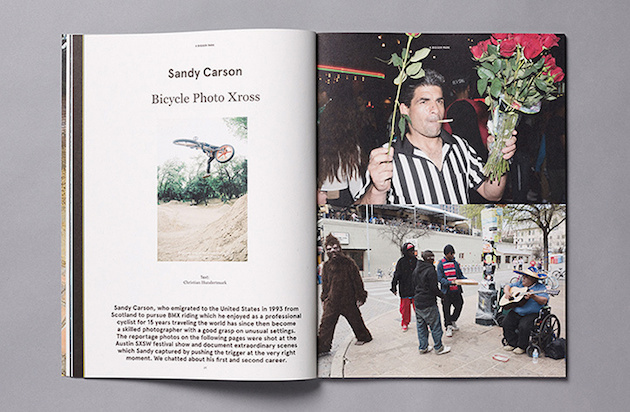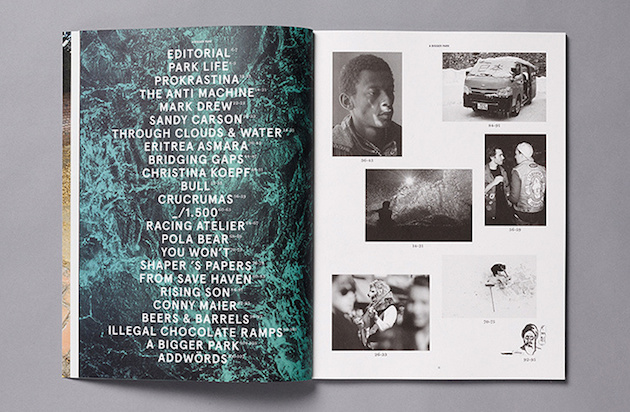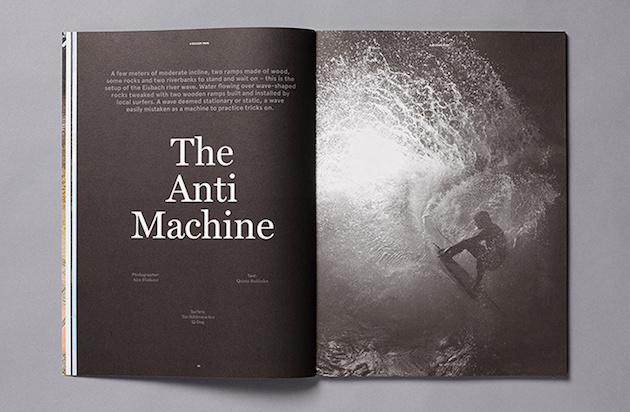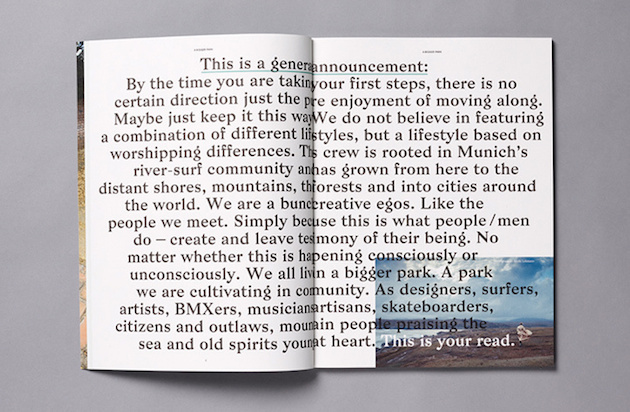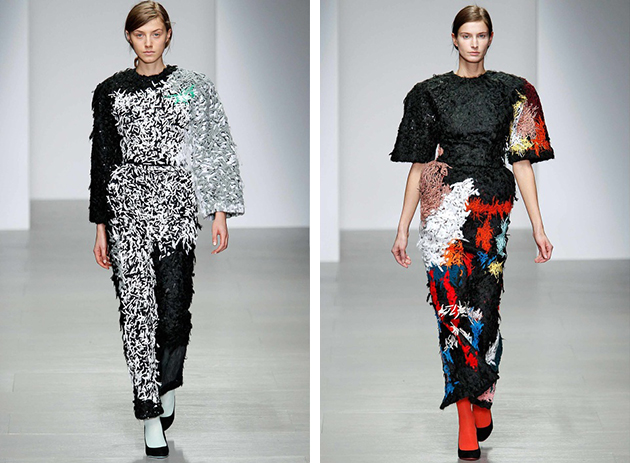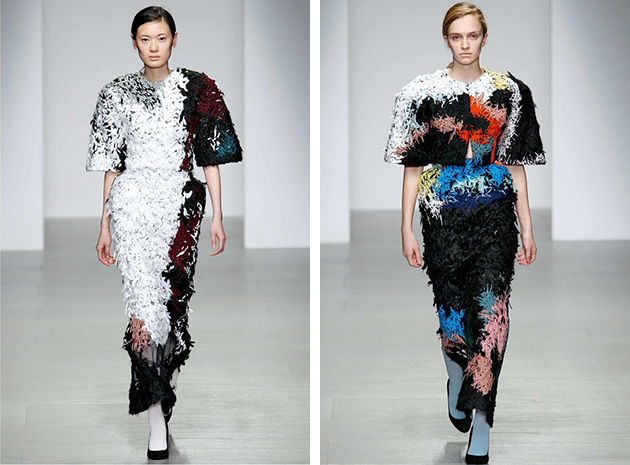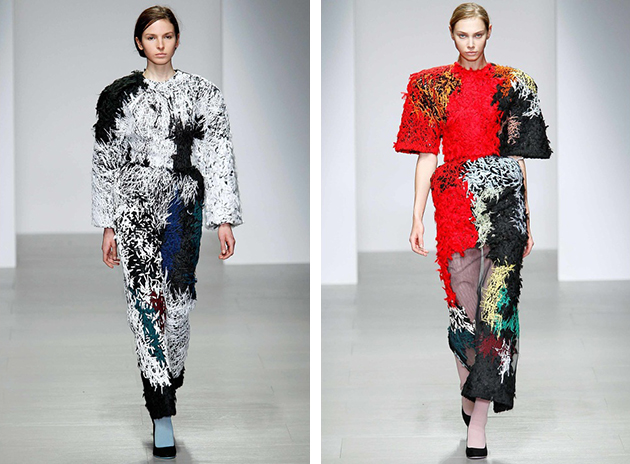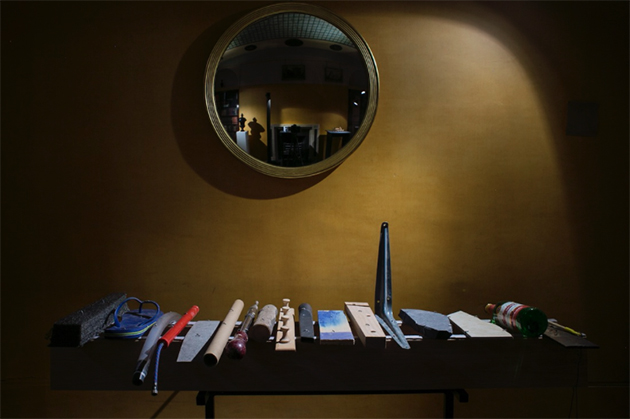
Observed from the future, all objects of design are just fragments, small elements of other lives, times and stories. But objects are never mute, they tell stories about the past, and perhaps even show glimpses of how we might live in the future. As collections of – more or less coherent – fragments from the past, museums can often serve as a starting point for imaginary explorations of just how design might be perceived if it is left unfinished, incomplete, hiding a story only half told. Finding precisely a collection of similar, fragmentary objects at Soane Museum, London-based designers Bernadette Deddens and Tetsuo Mukai have called five designers to interpret or complete the collection’s stories.
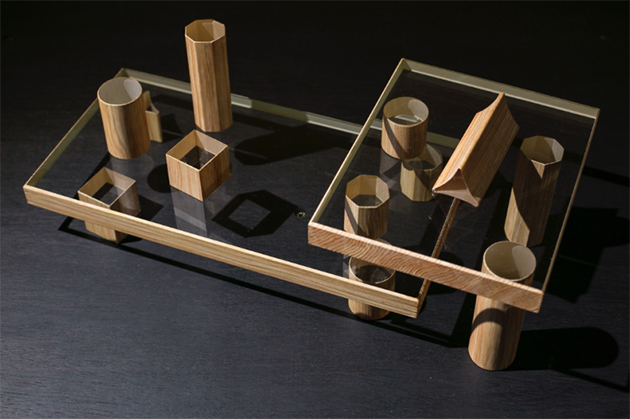
Titled “Pieces”, the exhibition departs from the incoherent collection gathered by architect Sir John Soane throughout his life – books, paintings, vases, sculptures -, collected at his private residence turned museum in 1837, to build contemporary narratives about the fragmentary nature of design. “What is interesting for us is that most, actually pretty much all, of the pieces in the museum, are just pieces. Broken bits, sections and fragments,” says Mukai. “Some of them come with a label or explanation, like a title on a painting’s frame or a plaque on a sculpture, but most of them are just there, hanging on the wall with no explanation. We like that because it makes you speculate and try to imagine what these things are. You have to fill the gap yourself.”
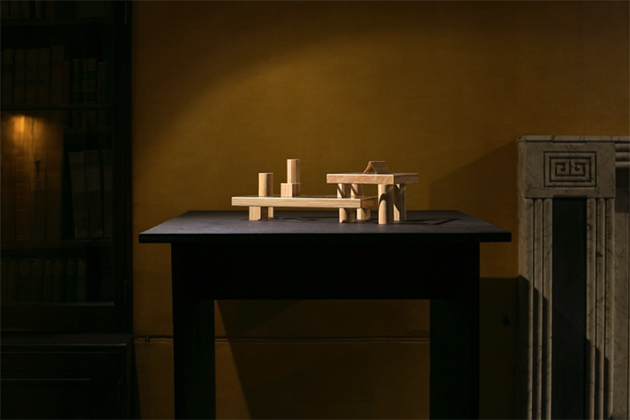
Mukai and Deddens have invited Gemma Holt, Sam Jacob Studio, Paul Elliman, Peter Marigold, together with their own Study O Portable, to fill in those gaps. While some projects are almost literal interpretation of the subject – like Study O Portable’s “Building Blocks” which consists of individual pieces which function only when combined, other explore the meaning of “Pieces” in more lateral ways. Paul Elliman, for example, displayed “Low Currency”, a collection of small discs that represent coins, inviting the viewer to decide how we give values to things. As such, Elliman’s project is particularly interesting in the context of the exhibition, as it asks – how will objects that designers make be seen a 100 years from today? Perhaps it is precisely the question that every designer should start with.
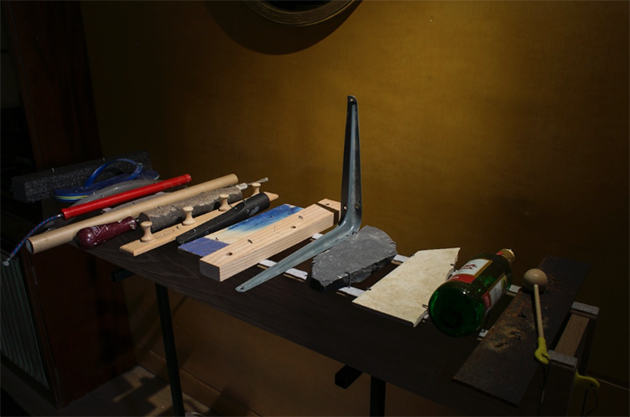
Rujana Rebernjak
